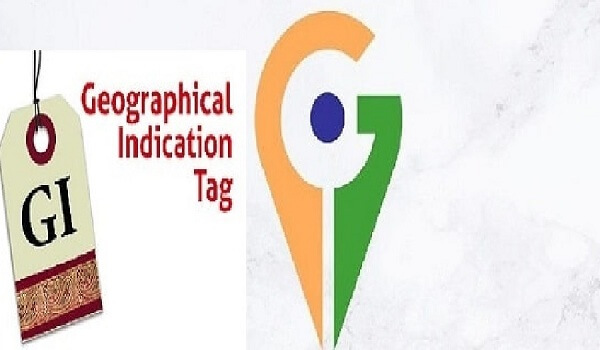Seven products from all over India, including four products from Rajasthan, were given Geographical Indication (GI) tag by the Geographical Indications Registry in Chennai. Jalesar Metal Craft (Metal Craft), Goa Manku-Rad Mango, Goa Bebinka, Udaipur Koftgari Metal Craft, Bikaner Kashidakari Crafts, Jodhpur Bandhej crafts and Bikaner Usta Kala crafts have been given GI tag.
Main point
- The application for Goa Mankurad Mango was filed by All Goa Mango Growers Association, Panaji, Goa. The Portuguese named this mango Malcorada which means bad colour. With the change of time this word came to be known as ‘Mankurad’ Aamo. Aamo means mango in Konkani language.
- For Goan Bebinca, the application was filed by the All Goa Bakers and Confectioners Association.
- Bebinca is a type of pudding which is a traditional Indo-Portuguese sweet. It is also known as the queen of sweets of Goa.
- In the Jalesar region of Etah district in Uttar Pradesh, Jalesar metal craft making is done by over 1,200 small units which was earlier the capital of Magadha king Jarasandha. The Jalesar area is also known for ornamental metal crafts as well as brassware making.
- GI tags were given to four different crafts of Rajasthan. Udaipur Koftgari metal craft was one of them. The Koftgari metal craftsmen of Udaipur are known to practice the ancient art of Koftgari, used in making ornamental weapons, as detailed in documents submitted to the GI office.
- These weapons are made with a complex process of heating and then cooling, in order to create the exquisite carving design.
- This metal is exquisitely ornamented by a complex process of adding gold and silver wires, pressing it and flattening it to a smooth surface using moonstone and finally polishing it.
- Another product of Rajasthan was the Bikaner embroidery craft. Embroidery work is mainly done on wedding items, especially gift items, and mirror work is used.
- Jodhpur Bandhej craft is a Rajasthani art of tying and dyeing. It is the art of printing various patterns on fabrics using the tie and dye method.
- Bikaner Usta Kala Shilpa is also known as gold carving or gold bead work. This gives longevity to the craft.
GI tag
- GIs are mainly agricultural, natural or a manufactured product (handicrafts and industrial goods), which originates in a certain geographical area.
- GI tag is given to inform the origin of an item or product in a specific geographical area and the properties associated with it.
- It is awarded to a product that has been manufactured or produced in a specific geographic area for 10 years or more.
- The GI tag is included as an element of intellectual property rights under the Paris Agreement for the Protection of Industrial Property.
Benefits of gi tag
- After receiving the GI tag for any item or product, no manufacturer can misuse the name to market similar products.
- Internationally, GI tags are governed under the TRIPS Agreement on Trade Related Intellectual Property Rights of the WTO.
- GI in India is governed by the Geographical Indications of Goods (Registration and Protection) Act 1999. This act came into force in 2003.
- The first GI tag was given to Darjeeling tea in 2004.

